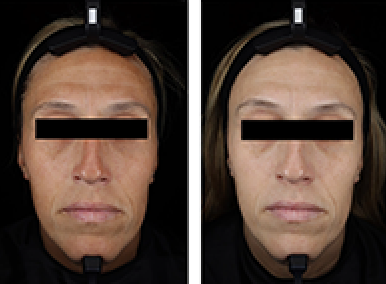Stay up-to-date on new clinical findings on Acne. View the latest articles, case reports, editorial features, supplements, Podcast episodes and more!
Stay up-to-date on new clinical findings on Acne. View the latest articles, case reports, editorial features, supplements, Podcast episodes and more!
JDD Podcast host Dr. Adam Friedman gets first-hand insight from internationally acclaimed pediatric dermatologist Dr. Lawrence Eichenfield on his recent study entitled “Hormonal Contraceptives and Acne: A Retrospective Analysis of 2147 Patients” published in the June 2016 edition of the Journal of Drugs of Dermatology. Want a refresher on the use of OCPs in Acne?
Interested in learning how to initiate a patient based survey study? Just curious how a leader in the field gets an uninterested adolescent to be compliant and engaged in his/her acne care? These are just a few of the practical pearls provided.
Of the four primary pathogenic factors that drive acne vulgaris—androgen excess, increased sebum production, faulty keratinization, and overgrowth of C. acnes—androgen excess has been the most elusive therapeutic target. Oral contraceptive pills (OCPs) have direct effect on circulating hormones, but their potential use is limited to a subset of women. As such, a sizable portion of the population affected by acne vulgaris cannot even consider treatment with OCPs. While these systemic agents are generally associated with a low risk profile and have a history of safe and effective use, they are not entirely risk-free. Indirect androgen modulation has become increasingly popular. Again, while generally safe and effective, this systemic treatment is not without risks and contraindications and it is also limited to a subset of female patients.
